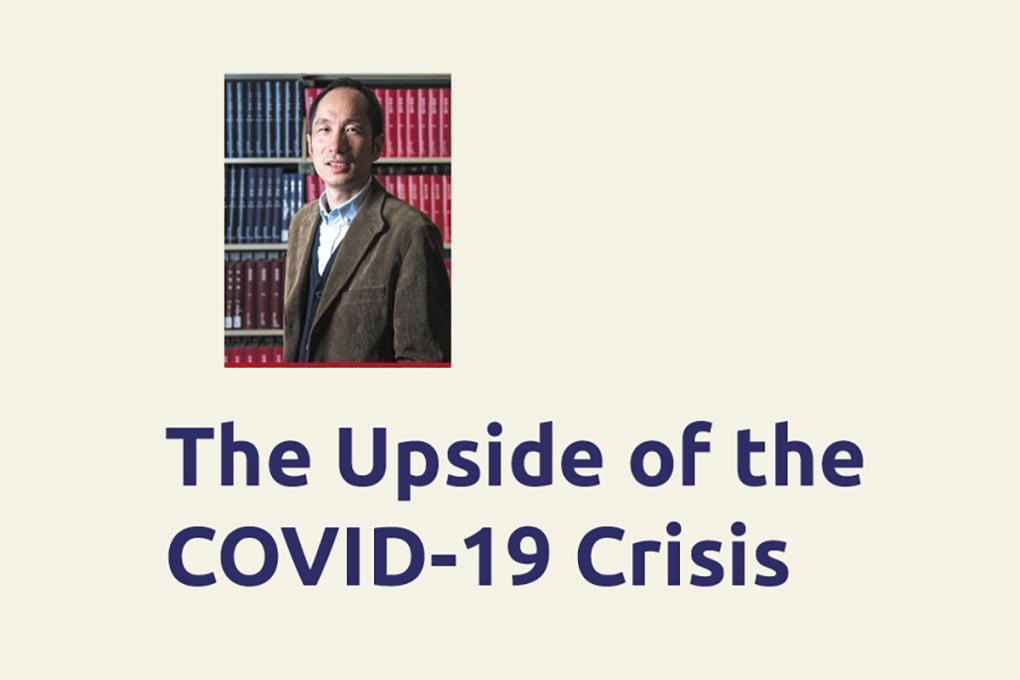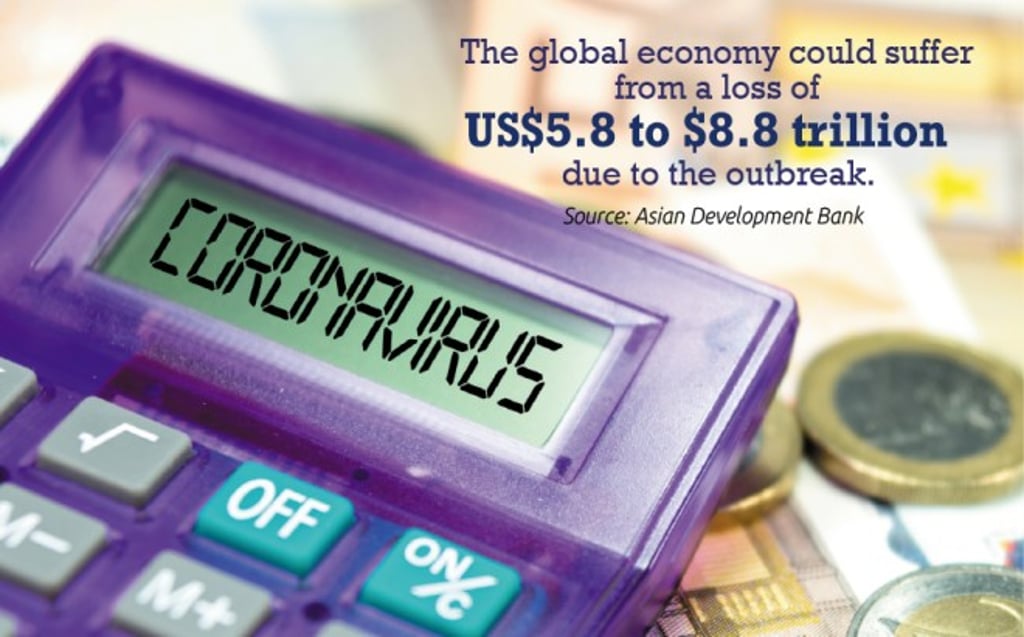The Upside of the COVID-19 Crisis
The effects of the COVID-19 pandemic could force organizations to change for the better.

[Sponsored Article]
By Professor GONG Yaping, Fung Term Professor of Management,
Head and Chair Professor, Department of Management, HKUST Business School
The COVID-19 outbreak was unexpected and highly disruptive. It continues to impact all walks of life, and the human and economic cost is colossal. Global travel came to a halt as countries imposed travel restrictions and lockdowns (e.g., in Wuhan in China, New York in the US, and Lombardy in Italy). According to World Health Organization, the COVID-19 virus had infected 18,614,177 and caused 702,642 deaths as of August 7, 2020.

Crises pose a serious threat to the survival of individuals and organizations. In a crisis situation, individuals often experience anxiety, and organizations experience restrictions in information processing and the constriction of control. Individuals and organizations rigidify rather than act in a flexible manner. So when can a crisis stimulate creativity? Our ongoing research provides a glimmer of hope. We conducted field interviews and identified major crisis events in R&D teams.
For instance, a team suddenly discovered that a competitor matched or exceeded the product, technology, or design that it was specifically working on, or unexpectedly suffered a budget cut relative to the demand of the task(s). Does that sound familiar to you? Think about this. If you were a software programmer and have worked on a project for years, and the project is under final user acceptance test. But then you discovered that a similar software has just been launched and available in the market. How devastating!